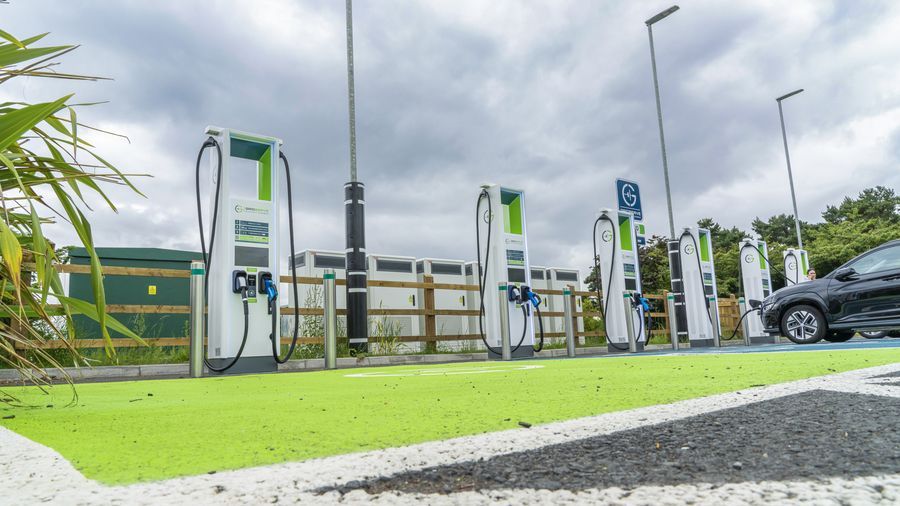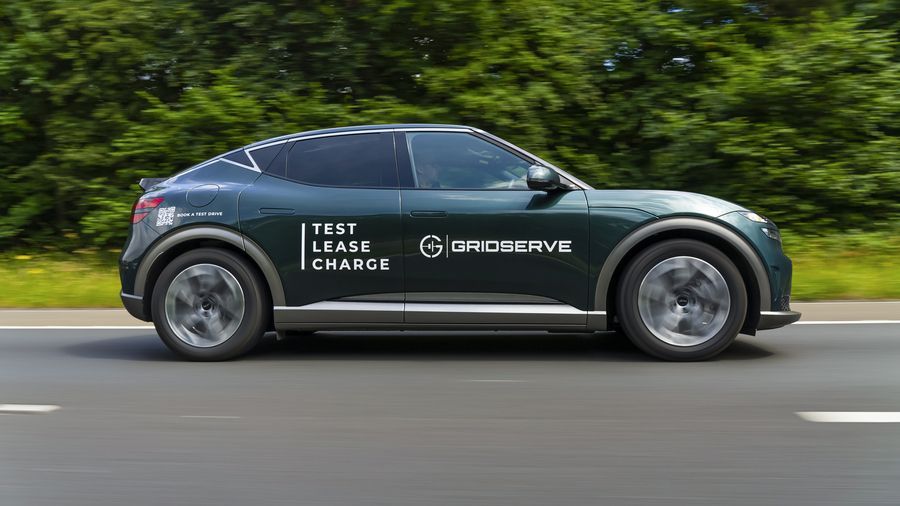>
Blog>
Top tips for an EV road trip that we learnt on a 600-mile journey around EnglandTop tips for an EV road trip that we learnt on a 600-mile journey around England
Recently, we went on a road trip from the south coast to the North of England in an electric car to visit what has been found to be the most EV-friendly tourist destination - Beamish, the Living Museum of the North.
The entire trip was more than 600 miles over three days with a lot of charging along the way. We weren’t new to long-distance electric vehicle driving, but it’s fair to say that a lot had changed since the last time.
Here’s how you can prepare for an EV road trip from what we learnt along the way…
1. Plan ahead
Planning ahead is essential for any road trip but it can make a huge difference when you’re driving an EV. Start by getting an idea of the mileage simply by putting your route into Google Maps.
If you know the range of your vehicle - that’s how many miles it’ll do on a full charge - then you can calculate how many times you’ll need to stop and where the best places are.
2. Research your stops
There’s so much information online now, even when it comes to charging stations. Many motorway services are now also equipped with charging points, and in a lot of cases, these are high enough power to get you on your way fast.
Not all electric cars can use the same type of charging connector though, so check what your car can do. You can then use Google Maps or Zap-Map to find chargers that are right for you. Zap-Map is a smartphone app and users can add important information about the charging points, so check on there to see if they were working recently.

If you’re going to be charging when it’s dark then you might also want to check where the charger is located. Because owners have had to put them where there is space, they’re not always the easiest to find and can feel a bit scary if they’re around the back of a building.
The good news is that most chargers are marked exactly where they are on Google Maps, so you can navigate straight to them but also see what the services are like around them.
3. Always have a backup
If you’re driving a Tesla, you’ll know you can easily see how many chargers are in use at the nearest Supercharger (or the one the car has calculated you should use). However, on many other cars, this isn’t always the case.
Going back to our friend Google Maps, that can now tell you how many chargers are available at each station but that’s not very easy to check while you’re driving.
That’s why we’d recommend having more stops planned than you’ll need to use. If you get stuck in traffic or can’t charge as fast as you planned, it’s better to have other options.
This also helps if you drive into a charging station to find all of the other chargers are taken. You can make a judgement call as to whether to wait it out or drive on to the next one.
4. Be prepared for how to charge
You can now charge with a contactless car at a lot of charging points but that’s not always the case. Before you leave it’s worth checking if you need an account or card to use any of the networks you plan to stop at.
In some cases, you may need to preload your account with money too. Equally, it can become expensive when you’re using your contactless car and the charging points will pre-authorise £40 to even £99 depending on the network.
5. Aim to recharge with more than a quarter
Again, this is something that we’d recommend whatever you’re driving! But if you turn up at a charging station and can’t charge because they’re either occupied or broken, you’ll have enough left to not stress about driving to the next charger.
6. You don’t need to stop charging at 80%
This is advice that EV drivers used to be given because the resistance in the battery when you have less than 20% or more than 80% means your charging power will reduce drastically.
However, with some cars now able to charge at 150 to 350kW, you’ll find that even the reduced rate of charging is still pretty fast! That said, if there are lots of people waiting it’s usually more polite to get on your way.
7. Let the car learn your driving style
If you’re doing a long drive that’s mainly on motorways or A-roads, you’ll find that the car learns your driving style and gives you a more realistic range over time.
For those who normally drive around town, you might find that your battery lasts longer or the miles start slipping away faster depending on how aggressively or smoothly you drive.

Either way, don’t expect to get your normal range and give the car a chance to adapt its prediction.
8. Make sure your car is connected
One of the problems we ran into on our long drive was finding that the physical charging cable wasn’t connecting to the car properly.
This wasn’t obvious at first so it’s something to watch out for. We plugged in as normal but when we hit start the charger kept telling us there was an issue with the car. The pin that needs to lock the cable in place wasn’t lining up correctly, but this was rectified by holding the cable in as we started the charge.
9. Not all chargers do what they claim
As I mentioned, there are some super fast chargers these days claiming that they can do 350kW. Firstly, you’ll only be able to charge at this rate if your car is capable of it but you’ll also need a lot of other things to fall into place.
Our car and the chargers we used were both able to charge at 350kW but the best we were getting was 150kW on most charges. At one station every charger was taken and we were only getting 40kW.
10. Be aware of the prices
Unlike fueling your car with petrol or diesel, car chargers are set at a rate based on the network you’re charging with so they won’t vary depending on where you are in the country. That said, it’s also not obvious what the price is as you arrive.
We used some chargers at around 69p per kW, which is a lot more expensive than charging at home!
About the author
Rebecca Chaplin is a motoring journalist and owner of Road Trip Club. She’s written about cars and the best places to drive them for nearly 10 years.
More from Rebecca: Exploring EV-Friendly Attractions in Britain
Related Posts